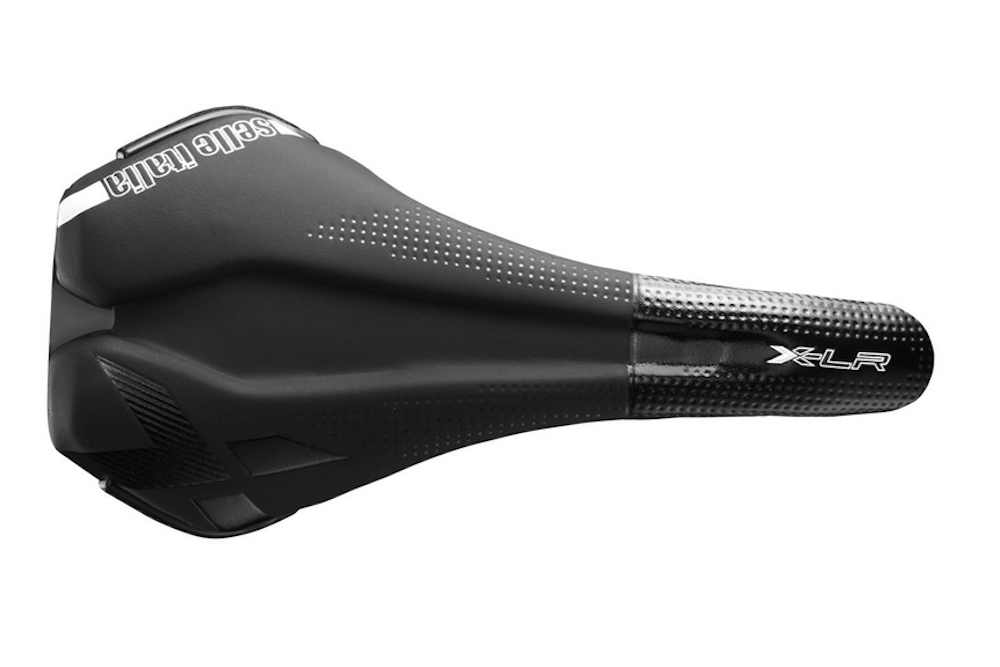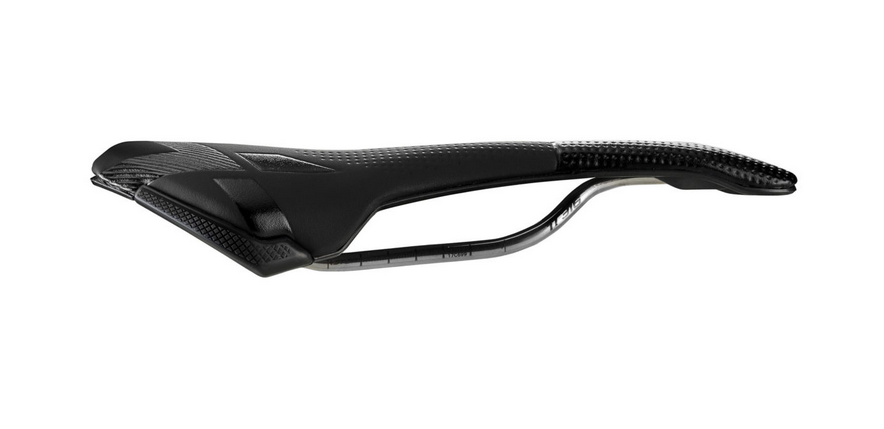Selle Italia X-LR TI 316 S saddle review
Selle Italia’s X-LR saddle is a comfortable, lightweight choice

If you’re after a more traditional shaped saddle with a comfortable profile and which doesn’t weigh too much, the Selle Italia X-LR is a good bet. It has a cutout-free profile with a shallow central pressure relief channel and is padded adequately to avoid discomfort on longer rides.
-
+
Comfortable saddle for longer rides
-
+
Lightweight for its price
- +
-
-
Limited padding
-
-
A rather flat profile
- -
You can trust Cycling Weekly.

Selle Italia makes a huge range of saddles. To make finding the right one a bit easier it now categorises them according to their profile and fit to different rider anatomy, as determined by its idmatch bike fit system. The Selle Italia X-LR fits into the S1 category.
When I had a demo fit with idmatch, my anatomy and riding position singled me out for an S1 category saddle, so the X-LR should be a good option. Nevertheless, it’s quite a narrow saddle and not massively padded. As well as the 125mm wide S version tested, there’s a 140mm wide L variant of the Selle Italia X-LR saddle.

There’s a shallow central channel while the nose has a slight downward tilt. The overall shape of the saddle and its nose are quite similar to the Prologo Scratch 2 saddle, which I really like and which was in our Editors Choice for 2017. Many of Selle Italia’s saddles have cut-outs, some quite extreme. It’s a feature that I don’t find that comfortable, so it was good to find that it was absent from the Selle Italia X-LR saddle, although there is a shallow central pressure relief channel.
>>> Ten best bike saddles: a buyer's guide
At 178g, the Selle Italia X-LR saddle is on the light side, particularly for a model sitting on metal rails. Selle Italia puts this down to its TI 316 stainless steel, which it says results in a 15% weight decrease relative to a traditional metal rail. Another £70 buys you the carbon rail version and brings the weight down to a claimed 152 grams.
Selle Italia uses two different padding densities in the Selle Italia X-LR saddle. The nose of the saddle is softer than the rear, to make riding a bit more comfortable. There are harder plastic edges at the far rear, to help avoid the scuffs and cuts that saddles can get in day to day use.
I’ve found the Selle Italia X-LR saddle comfortable for longer rides, both on road and off. Although there’s not much padding, what there is seems to be in the right places for me. It’s quite a flat saddle too, which is good for moving your weight around, although I found that I didn’t feel quite as securely perched as on a saddle with a more upward curved rear section, like the Fizik Aliante.

Thank you for reading 20 articles this month* Join now for unlimited access
Enjoy your first month for just £1 / $1 / €1
*Read 5 free articles per month without a subscription

Join now for unlimited access
Try first month for just £1 / $1 / €1
Get The Leadout Newsletter
The latest race content, interviews, features, reviews and expert buying guides, direct to your inbox!
Paul started writing for Cycling Weekly in 2015, covering cycling tech, new bikes and product testing. Since then, he’s reviewed hundreds of bikes and thousands of other pieces of cycling equipment for the magazine and the Cycling Weekly website.
He’s been cycling for a lot longer than that though and his travels by bike have taken him all around Europe and to California. He’s been riding gravel since before gravel bikes existed too, riding a cyclocross bike through the Chilterns and along the South Downs.
-
 'I've worked a lot on my sprint' - Kristen Faulkner plots unpredictability on racing return
'I've worked a lot on my sprint' - Kristen Faulkner plots unpredictability on racing returnOlympic champion looking forward to "exciting challenge" of continuing to outfox bunch
By Tom Davidson Published
-
 'This is a fresh start' - Belgian rider returns to professional cycling after two year anti-doping ban
'This is a fresh start' - Belgian rider returns to professional cycling after two year anti-doping banShari Bossuyt to ride for AG Insurance-Soudal from June
By Adam Becket Published
-
 'This is the marriage venue, no?': how one rider ran the whole gamut of hallucinations in a single race
'This is the marriage venue, no?': how one rider ran the whole gamut of hallucinations in a single raceKabir Rachure's first RAAM was a crazy experience in more ways than one, he tells Cycling Weekly's Going Long podcast
By James Shrubsall Published